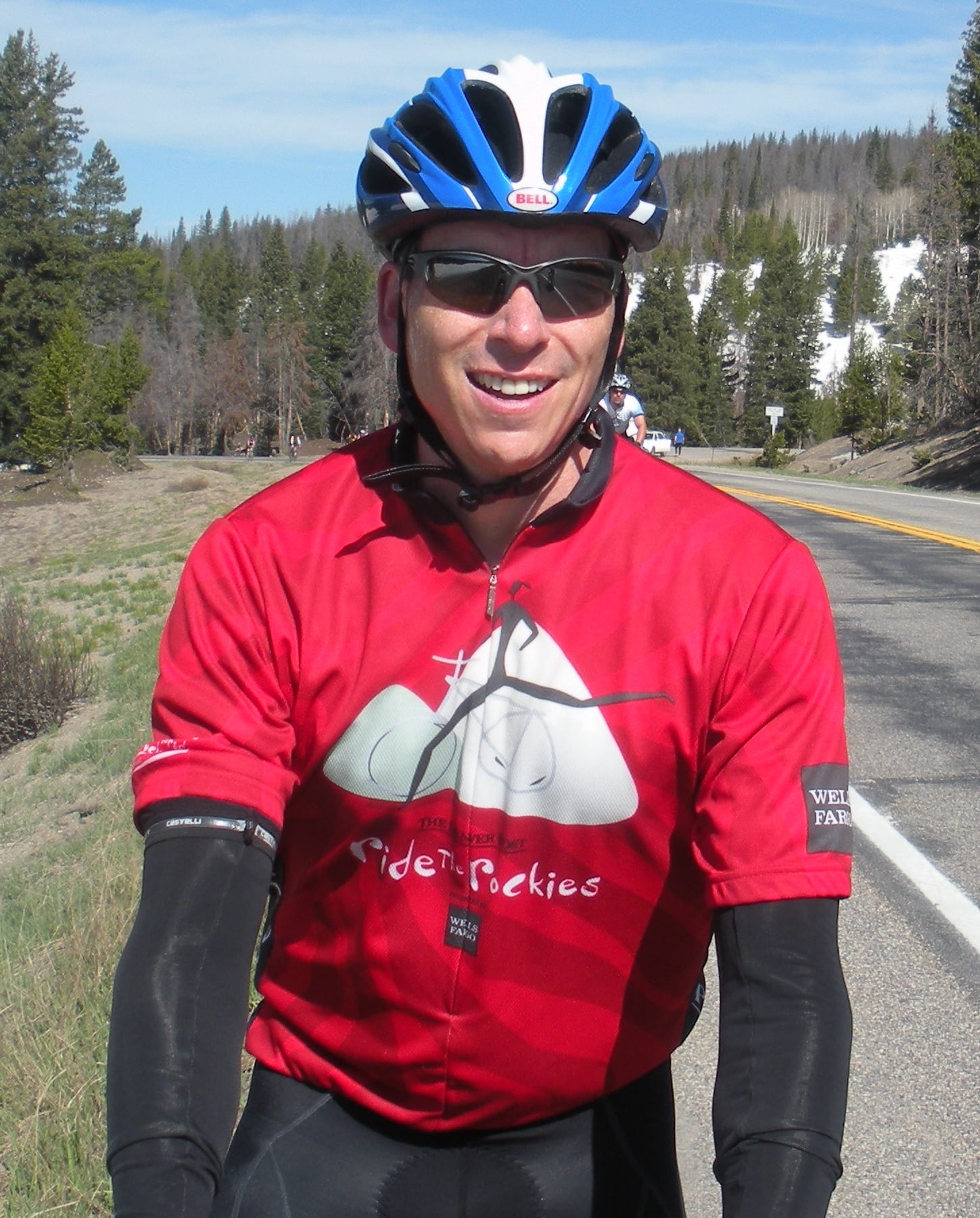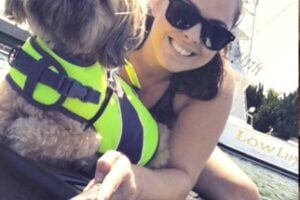In the winter of 2012, I started to feel strange tightness in my right calf and mild discomfort behind my knee. Instead of seeing my doctor, I spent a lot of time researching potential causes, including DVTs.
The situation changed in April when my right ankle and calf swelled as if I had sprained it. I treated it with over-the-counter pain relievers, Epsom salt baths, and rest. The swelling went down, but things were clearly not right.
In mid-May, there was still mild swelling, pulling in the calf, and my veins were still prominent. I had an ultrasound in a vascular surgeon’s office, which revealed a blood clot that extended from my knee to the top of my groin. The end was loose and “flopping,” and at risk for breaking free. I took a wheelchair ride to the adjacent hospital, where I spent four days on heparin IV blood thinners while transitioning to warfarin.
After six months, I was taken off warfarin. I used the cessation as an opportunity to have my blood checked by a hematologist who found a single mutation in C677T/MTHFR. I also reviewed with her some things that might have provoked the DVT.
In March, I had driven more than 12 hours in one day. The next day, I was stung on my right thigh. My research also showed that the low pressure and low humidity associated with my weekly flights were correlated with increased risk for DVT. Even with these factors, my hematologist didn’t think my DVT was provoked. She said, “Some people are just clotters.” I ramped up natural inflammation fighters and supplements in my diet to hopefully reduce vascular inflammation.
Six months after coming off warfarin, I ran into trouble again. While cycling up one of the passes in the Ride the Rockies event, I felt weak and breathless. When my wife saw me at the top of the pass, she knew something was wrong , because I had already acclimated to the altitude.
A subsequent ultrasound back home showed a new clot in my left leg and signs of a previously undetected clot in that same leg. A contrast CT showed no PEs, or blood clots in my lungs. Bilateral, recurrent DVTs meant I would need to be on anticoagulants for life.
After struggling for a year to manage INR readings, I transitioned to a new oral anticoagulant, but I had to stop taking low-dose aspirin after a minor GI bleed.
Considering my past, I feel quite lucky. Compression socks minimize calf swelling, and I don’t have any pain. I still ride my bicycle, but I try to be cautious. I limit miles on hot days, my medical ID notes that I am taking an anticoagulant, and I carry a clot kit with me in case of injury to help control bleeding, or until medical attention can be provided, if needed.
If you are reading my story and think you might have a DVT, get checked. If you are recovering from a DVT/PE, then don’t stop hoping for a return to normal activities. Let’s hope that we don’t have more clots, and that the clot kit stays sealed in its pouch.
Resources
Homocysteine and MTHFR Mutation Resources
How is a PE Diagnosed?
Living Your Best Life on Blood Thinners




